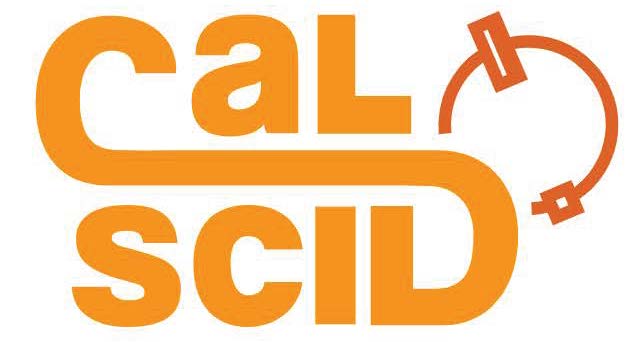Build a community for families to connect and share experiences
Create long term follow up for patients with SCID or TCL
Develop a patient centered care program with the psychosocial data collected
What are SCID and TCL?
Severe combined immunodeficiency (SCID) and T cell lymphopenia (TCL) are rare disorders caused by mutations that prevent infection fighting immune cells from functioning correctly. Patients with SCID or TCL are more likely to have severe infections.
The standard treatment for patients with SCID is stem cell transplantation. Transplants can come from a sibling, parent or an unrelated donor. These transplants are life-saving, but often only partially restore immunity. Studies have shown that gene therapy can also be an effective treatment for some types of SCID. In gene therapy, stem cells are obtained from the patient’s bone marrow, the normal gene is inserted into the stem cells using a carrier known as a vector, and the corrected cells are returned to the patient.
T cell lymphopenia occurs when your body does not make enough or makes non-working T-cell lymphocytes. Without these working cells, the immune system cannot function correctly, leaving the body unprotected from serious infections. In order to help strengthen a patient's immune system, immunoglobulin (IG) shots may be administered.
Why is Long-term Follow-up important?
What are we trying to learn more about?
What have we achieved so far?
- Conducted 2 Needs Assessment surveys to assess long term follow up needs from patients and providers
- Enrolled 84 patients into the program
We hope that future patients, healthcare providers, researchers, and public health officials will benefit from information on the status of SCID and TCL patients and families long-term, to improve healthcare, research, and health policy for this group of patients.

